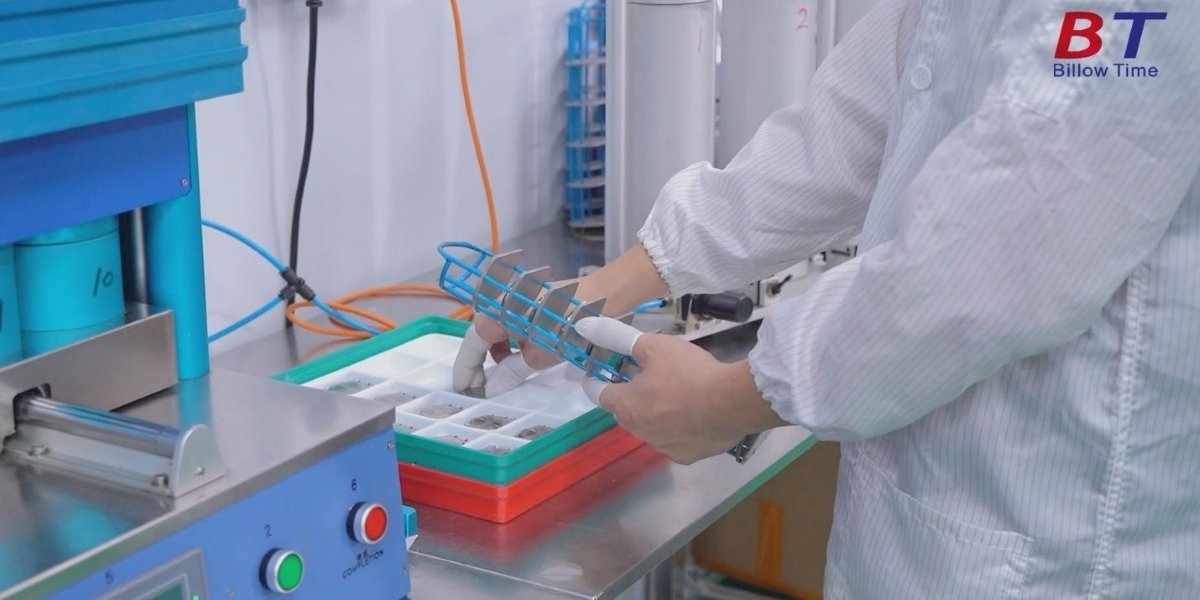Filmmaking, at its core, is often a collaborative effort that brings together creative minds from multiple disciplines to craft compelling narratives. While directors frequently receive the most recognition for a film’s vision, their work often depends on the contributions of editors, cinematographers, and production teams who help shape the final product. The behind-the-scenes collaboration in film production can significantly influence the visual and emotional impact of a movie alongside the script itself. This dynamic appears particularly evident in the work of Peter Sanders, a filmmaker whose career has been shaped by close collaborations with talented editors and cinematographers. His documentaries, including The Disappeared (2008), Altina (2014), and On the Shoulders of Giants: The History of NYU Langone Orthopedics (2024), reflect his emphasis on collaboration.
The Role of Collaboration in Sanders’ Filmmaking Process
Sanders’ documentary work, including The Disappeared (2008) and Altina (2014), illustrates the importance of working with experienced editors and cinematographers to refine complex narratives. His ability to tell deeply personal yet historically significant stories often relies not just on his direction but also on the expertise of those working behind the scenes. By fostering collaborations with seasoned professionals, Sanders helps ensure that each of his projects achieves a balance between storytelling and visual aesthetics.
Editors play a pivotal role in transforming hours of raw footage into a coherent and engaging film. The editing process is often where the story begins to take shape, and Sanders’ work with editors such as Barry Malkin and Andrew Coffman has contributed meaningfully to the pacing and tone of his films. Malkin, known for his long-time collaboration with Francis Ford Coppola, edited Altina, bringing a meticulous approach to documentary storytelling. Coffman, whose expertise in documentary editing has earned recognition, helped refine the narrative structure of On the Shoulders of Giants: The History of NYU Langone Orthopedics, contributing to its seamless blend of historical analysis and medical innovation.
Cinematography and Visual Storytelling
The visual style of a film is heavily influenced by cinematographers, who capture each shot with precision. Sanders has worked with cinematographers like Bryan Sarkinen, whose ability to frame personal yet powerful moments has played a key role in the aesthetic appeal of his films. Documentary cinematography often requires spontaneity and control, yet real-life situations can be unpredictable. To help Sanders’ films strike a balance between authenticity and cinematic beauty, Sarkinen’s experience in shooting visually compelling documentaries has proven valuable. The Disappeared, which deals with human rights abuses during Argentina’s Dirty War, relied on cinematography to immerse viewers in the harrowing testimony of survivors and their families. The skillful composition of archival footage and contemporary interviews created a layered narrative that wove together historical documentation and personal testimony. Through this approach, the cinematographers helped Sanders convey the emotional truth of the subject while maintaining journalistic integrity.
Editing as a Storytelling Tool
Film editing involves assembling and refining raw footage and serves as a powerful tool for shaping narrative and perspective. Sanders’ thoughtful approach to editing extends beyond practicality; it aims to maintain a rhythm that keeps viewers engaged. In Altina, archival material, animated sequences, and interviews were woven together through careful editing, bridging diverse time periods and perspectives.
Barry Malkin’s editing work on Altina was instrumental in maintaining the film’s cohesion despite its non-linear storytelling. By integrating Schinasi’s writings, historical photographs, and interviews with historians and family members, the film offered a multi-faceted look at her life. The collaboration between Sanders and Malkin resulted in a documentary that balanced information with emotional resonance.
The Impact of Teamwork on Film Reception
Collaboration, while often unseen, is a key part of filmmaking, shaping both the creative process and audience reception. Sanders’ collaborative approach has led to documentaries that have garnered critical and viewer acclaim. The Disappeared received Best Director and Best Documentary at the Documentary and Fiction Festival of Hollywood for its thorough research and compelling narrative. Altina earned the David A. Stein Award at the Toronto Jewish Film Festival, a testament to its impactful storytelling and innovative editing. On the Shoulders of Giants: The History of NYU Langone Orthopedics was named a Feature Film Documentary Finalist at the 2024 Tribeca X Film Festival, further establishing Sanders’ reputation as a respected documentary filmmaker.
By working closely with skilled editors and cinematographers, Sanders has created films that are not just visually striking but also emotionally and intellectually engaging. His commitment to collaboration helps his films remain dynamic, allowing diverse creative voices to influence the final product.
In Summary
Peter Sanders’ career highlights the central role of collaboration in filmmaking. Even in projects bearing his name, Sanders has consistently relied on partnerships with editors like Barry Malkin and Andrew Coffman and cinematographers such as Bryan Sarkinen. Films like The Disappeared, Altina, and On the Shoulders of Giants: The History of NYU Langone Orthopedics demonstrate how collaborative filmmaking can merge narrative depth with visual storytelling to create documentaries that resonate. His focus on nurturing creative partnerships positions Sanders not only as a filmmaker but also as a facilitator of artistic potential. His work underscores the importance of teamwork in crafting cohesive and meaningful stories.















